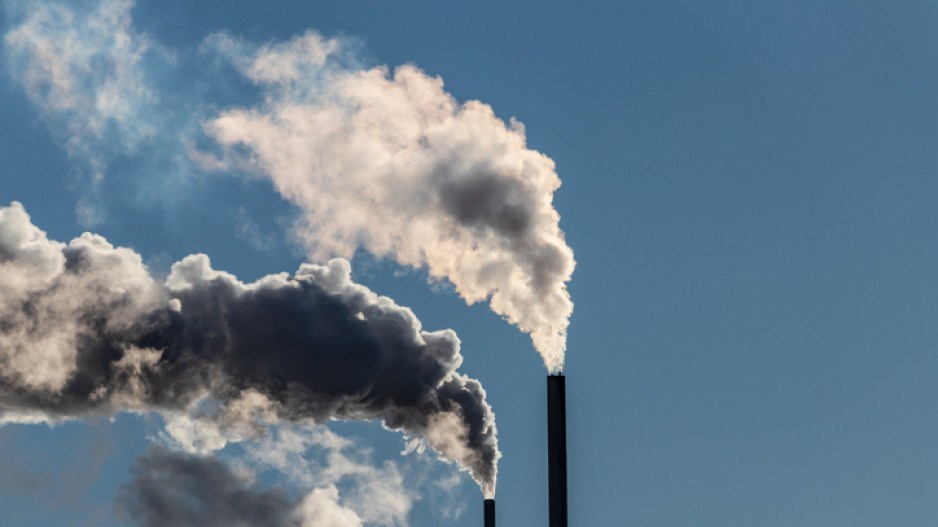In a year or two from now, when B.C. releases its greenhouse gas emissions inventory for 2020, it will almost certainly show a sharp dip, due to drastic contraction in the economy from the COVID-19 pandemic.
But they will need to drop by more than 2 megatonnes of CO2 equivalent (MtC02e) just to negate 2018’s increase.
That’s how much B.C.’s GHG rose in between 2017 and 2018, according to data released Thursday by the Ministry of Environment and Climate Change.
B.C.’s total GHG emissions in 2018 were 66.9 MT C02e. It would actually be 67.9 Mt C02e without 1 Mt C02e being counted in forestry carbon offsets.
The increase in 2018 is 3.5 Mt C02e above 2007 levels, which is the benchmark for B.C.’s climate action plan.
That plan calls for a 40% reduction from 2007 levels by 2030. The plan aims to reduce total GHGs to just 39 Mt C02e by 2050.
According to the provincial ministry, the numbers for B.C. are higher than they might have been due to changes at the federal level of the way GHGs are calculated.
“First, the federal government changed how marine transport emissions are calculated,” the ministry said in a news release. “The new methodology means that B.C.'s 2007 baseline year was revised downward by 1.4 Mt CO2e from the previous emissions inventory.”
“In addition, gross emissions numbers, not including offsets, for 2017 were revised upward by 1.3 Mt CO2e, due to new estimates for fuel use in oil and gas extraction, heavy-duty vehicles, commercial and institutional buildings and light-duty gasoline-powered trucks.
“Taken together, these two technical changes made by the federal government for previous years' emissions were equivalent to 2.7 Mt CO2e - or more than 75% of the gap between the new 2007 emissions baseline and 2018.”
But apart from those revisions, B.C.’s total gross emissions increased by 2.2 Mt CO2e over 2017, mostly due to increased emissions from heavy-duty diesel vehicles, oil and gas extraction, off-road industrial transport, and light-duty gasoline-powered trucks.
@nbennett_biv




